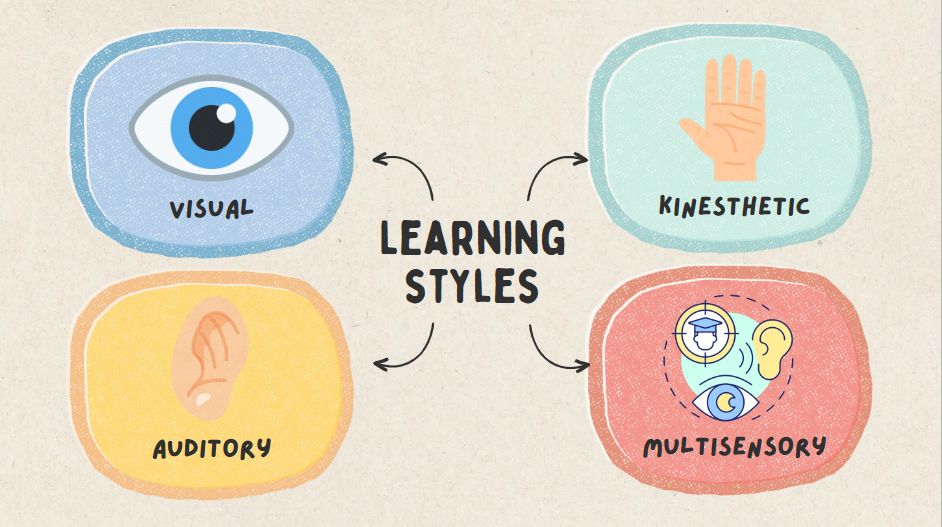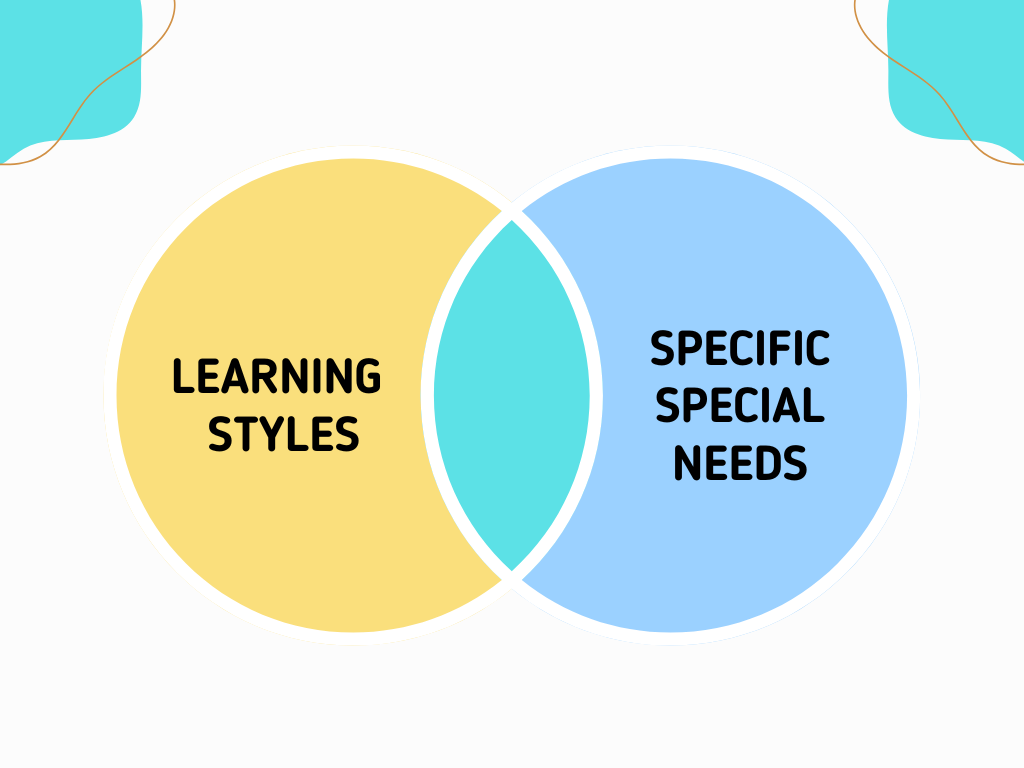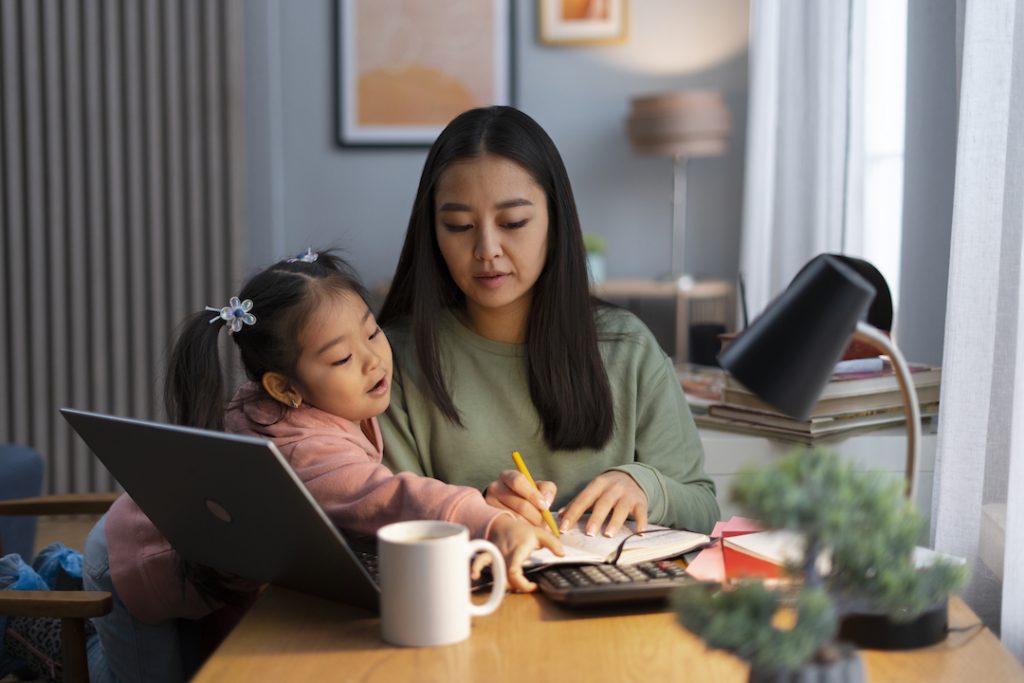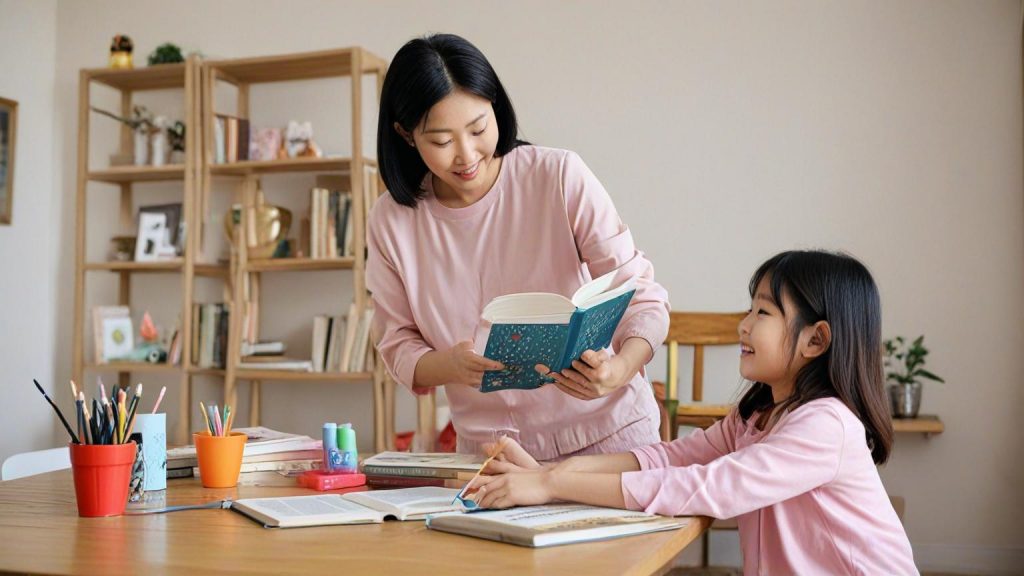Every child learns differently. This is especially true for special needs children, who may have unique strengths and challenges in how they process information. As a parent in Malaysia navigating the world of special education, understanding your child’s learning style can be a powerful tool. It empowers you to advocate for their needs, work effectively with educators, and create a supportive learning environment at home.
Learning Styles for Children with Learning Disabilities

Learning styles refer to preferred ways children receive and retain information. Here’s are some of the common styles:
- Visual Learners: Thrive on visual aids like pictures, charts, diagrams, and graphic organisers.
- Auditory Learners: Excel by listening to instructions, lectures, discussions, and rhymes.
- Kinesthetic Learners: Learn best through movement and hands-on activities.
Multisensory Learners: Benefit from a combination of learning styles, including visual, auditory, kinesthetic, and tactile experiences. This can be particularly effective for students in special education who may struggle with traditional learning methods.
Identifying Your Child’s Learning Style

Identifying a learning style for special needs children can be more challenging due to communication difficulties or sensory processing issues. However, don’t be discouraged! Here are some strategies:
- Observe Play Patterns: Watch their natural tendencies during playtime. Do they gravitate towards building blocks, drawing, music, or manipulating objects?
- Teacher Insights: Collaborate with your child’s special education teachers. Their classroom observations can provide valuable clues
- Modified Assessments: Consider seeking learning style assessments designed for special needs children. These might use visuals, hands-on activities, or alternative communication methods.
Learning Styles and Special Needs

In some cases, a learning difficulty is partly defined by the learning style that best benefits the child. Children with learning disabilities may have impaired verbal, sensory, or auditory skills, limiting their ability to communicate and learn in certain ways. Therefore, they can only adopt and benefit from specific learning styles. While there is no single, most common learning style associated with a specific special need, some research suggests certain trends:
- Visual Learners: Children with Autism Spectrum Disorder (ASD) often show a preference for visual information. They may excel with flashcards, picture schedules, and visual aids.
- Kinesthetic Learners: Children with Attention Deficit Hyperactivity Disorder (ADHD) may benefit from movement and hands-on activities to stay focused. Games, building projects, and active learning strategies can be particularly helpful.
- Multisensory Learners: Children with Down Syndrome often learn best through a combination of learning styles. Incorporating visuals, auditory input, and tactile experiences can create a more engaging environment.
Remember: These are just tendencies, and every child is unique.
Empowering Your Special Needs Child Through Learning Styles

Once you have a better understanding of your child’s learning style, you can tailor your approach:
- Visual Learners: Use visuals extensively. Create flashcards, mind maps, and leverage technology with educational apps and games.
- Auditory Learners: Encourage discussions, read aloud with sound effects, and use rhymes and songs to reinforce concepts.
- Kinesthetic Learners: Get them moving! Integrate physical activities, role-playing, building with blocks, and hands-on projects.
- Tactile Learners: Provide opportunities for sensory exploration with play dough, building blocks, textured materials, and sensory bins.
Additional Tips for Supporting Special Needs Children

- Create a Multisensory Environment: Incorporate elements that cater to all learning styles, providing options for your child to connect with the material.
- Break Down Tasks: Break down tasks into smaller steps to make learning feel less overwhelming and promote a sense of accomplishment.
- Alternative Communication Methods: Explore tools like picture cards, sign language, or assistive technology to help your child express themselves and engage with learning activities.
- Positive Reinforcement: Celebrate your child’s efforts and progress, no matter how small. This reinforces their confidence and motivation to learn.
- Seek Additional Support: Connect with special education professionals, therapists, and parent support groups for guidance and resources.
Conclusion: A Journey of Learning Together

Understanding your child’s learning style is a valuable asset in your special education journey. By utilising these strategies and seeking support, you can empower your child to reach their full potential and build a lifelong love for learning. There’s no single “correct” way to learn. Be patient, celebrate your child’s unique strengths, and embrace the journey of learning together.
Looking for Additional Resources?
For additional resources on special needs and special education in Malaysia, you can visit the websites of the Malaysian Ministry of Education https://www.moe.gov.my/ or relevant NGOs or check out our free resources HERE.

The Ultimate Guide to Taekwondo Belts: Unlocking Levels and Secrets

8 Must-Join Enrichment Classes to Skyrocket Your Child’s Skills

In Malaysia’s diverse educational landscape, an increasing number of non-Chinese parents are choosing Chinese primary schools for their children. This trend reflects changing perceptions about education and future opportunities. Let’s explore five key reasons behind this growing preference: 1. Strong Foundation in Mathematics and Science Malaysian Chinese primary schools are known for their strong emphasis […]




